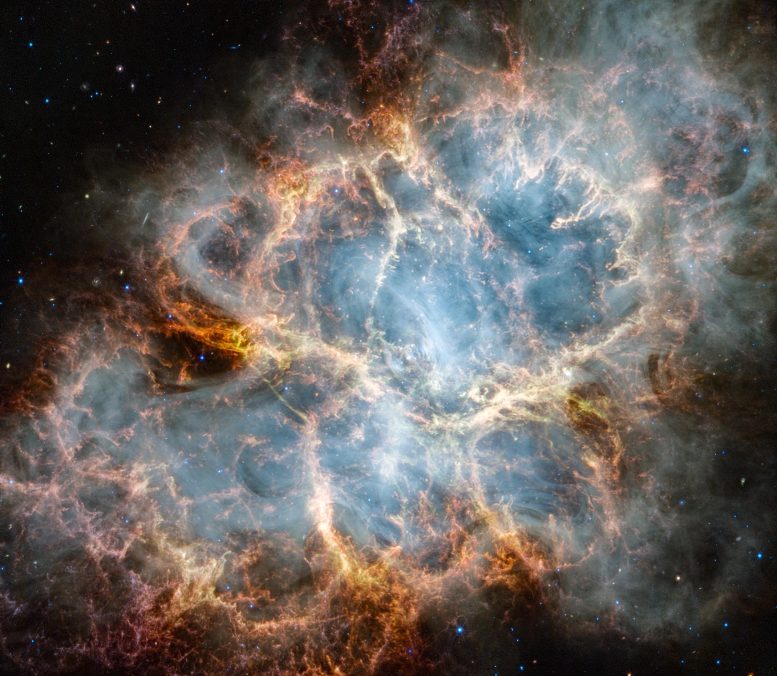
NASA’s James Webb Space Telescope has gazed at the Crab Nebula in the search for answers about the supernova remnant’s origins. Webb’s NIRCam (Near-Infrared Camera) and MIRI (Mid-Infrared Instrument) have revealed new details in infrared light. Credit: NASA, ESA, CSA, STScI, Tea Temim (Princeton University)
The James Webb Space Telescope captures new details of the Crab Nebula, 6,500 light-years away, in this recently released image. While these remains of an exploded star have been well-studied by multiple observatories, including the Hubble Space Telescope, Webb’s infrared sensitivity and resolution offer new clues into the makeup and origins of this scene.
Thanks to Webb’s Near-Infrared Camera (NIRCam) and Mid-Infrared Instrument (MIRI), scientists were able to determine the composition of the material ejected from the explosion. The supernova remnant is comprised of several different components, including doubly ionized sulfur (represented in red-orange), ionized iron (blue), dust (yellow-white and green), and synchrotron emission (white). In this image, colors were assigned to different filters from Webb’s NIRCam and MIRI: blue (F162M), light blue (F480M), cyan (F560W), green (F1130W), orange (F1800W), and red (F2100W).
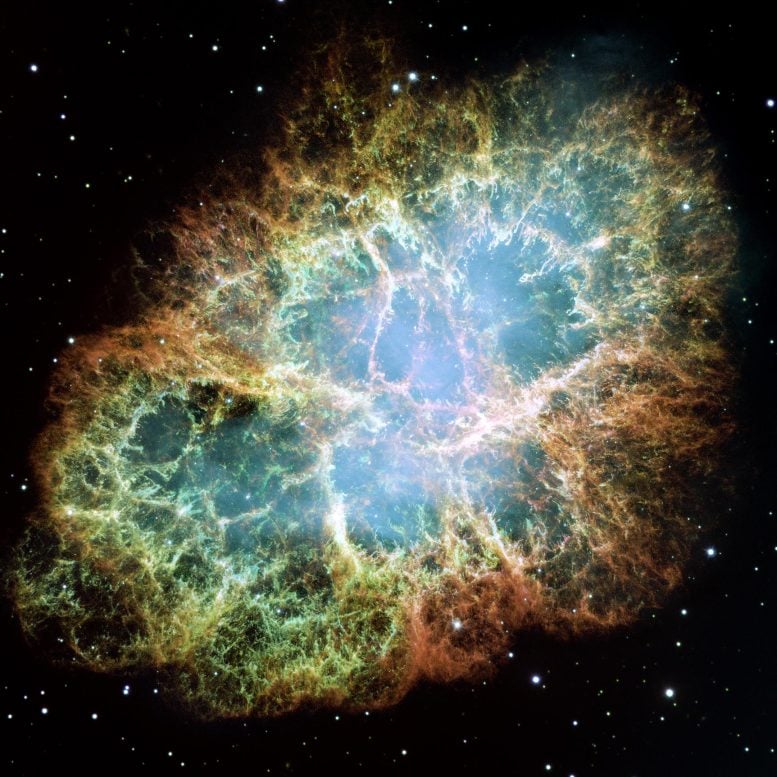
This Hubble image gives a detailed view of the entire Crab Nebula ever, one of the most interesting and well-studied objects in astronomy. Credit: NASA, ESA and Allison Loll/Jeff Hester (Arizona State University). Acknowledgment: Davide De Martin (ESA/Hubble)
Crab Nebula
The Crab Nebula, also known as Messier 1 (M1) and NGC 1952, is a supernova remnant located in the constellation Taurus. This nebula is the aftermath of a supernova explosion, first observed on Earth in 1054 AD. The explosion was so bright that it was visible in the daytime sky for weeks.
At the heart of the Crab Nebula lies a pulsar, a highly magnetized, rotating neutron star, which emits pulses of radiation ranging from gamma rays to radio waves. This pulsar is about 28 to 30 kilometers in diameter and spins approximately 30 times per second.
The Crab Nebula is approximately 6,500 light-years away from Earth and spans about 10 light-years across. Its intricate structure is a complex mesh of gas filaments and dust, illuminated and energized by the pulsar’s intense electromagnetic radiation. This makes it a popular subject for study in astronomy, across various wavelengths of light.
The Crab Nebula’s significance in astronomy is multifaceted. It serves as an important source for studying the remnants of supernovae, the properties of neutron stars, and the dynamics of pulsar wind nebulae. Due to its relatively close proximity and distinct features, it remains one of the most studied objects in the night sky.
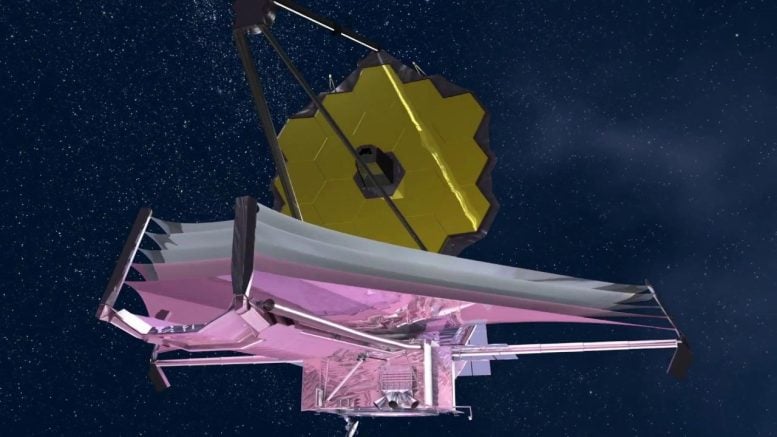
NASA’s James Webb Space Telescope is the successor to the Hubble Space Telescope, the most powerful infrared science observatory ever to be sent into space. From its orbit nearly a million miles from Earth, Webb studies some of the most distant objects in the universe. Credit: NASA
James Webb Space Telescope
The James Webb Space Telescope (JWST), developed primarily by NASA with significant contributions from the European Space Agency (ESA) and the Canadian Space Agency (CSA), is the most advanced and powerful space telescope ever built. Launched on December 25, 2021, it serves as the scientific successor to the Hubble Space Telescope.
Equipped with a large 6.5-meter primary mirror, JWST specializes in observing the universe in the infrared spectrum. This capability allows it to peer through cosmic dust and gas to observe phenomena that are otherwise invisible to telescopes operating in visible light, like the Hubble. Its primary missions include studying the formation of stars and galaxies, examining the atmospheres of exoplanets, and exploring the origins of the universe.
JWST’s four main instruments are the Near Infrared Camera (NIRCam), the Near Infrared Spectrograph (NIRSpec), the Mid-Infrared Instrument (MIRI), and the Fine Guidance Sensor/Near InfraRed Imager and Slitless Spectrograph (FGS/NIRISS). These instruments enable a wide range of scientific investigations, from detailed observations of our Solar System to the detection of the first galaxies formed after the Big Bang.
Positioned at the second Lagrange point (L2), about 1.5 million kilometers from Earth, JWST benefits from a stable environment and minimal interference from Earth and Moon’s light and heat. This location is ideal for its long-term mission, expected to last for 10 years or more.
JWST represents a monumental leap forward in our ability to observe the cosmos, promising to reshape our understanding of the universe and our place within it.

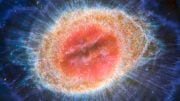
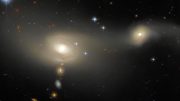
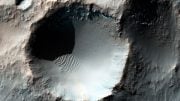

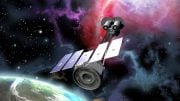
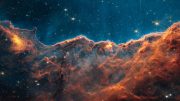
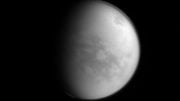
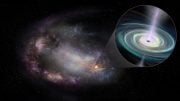
Be the first to comment on "Webb Telescope Unveils the Hidden Wonders of the Crab Nebula"